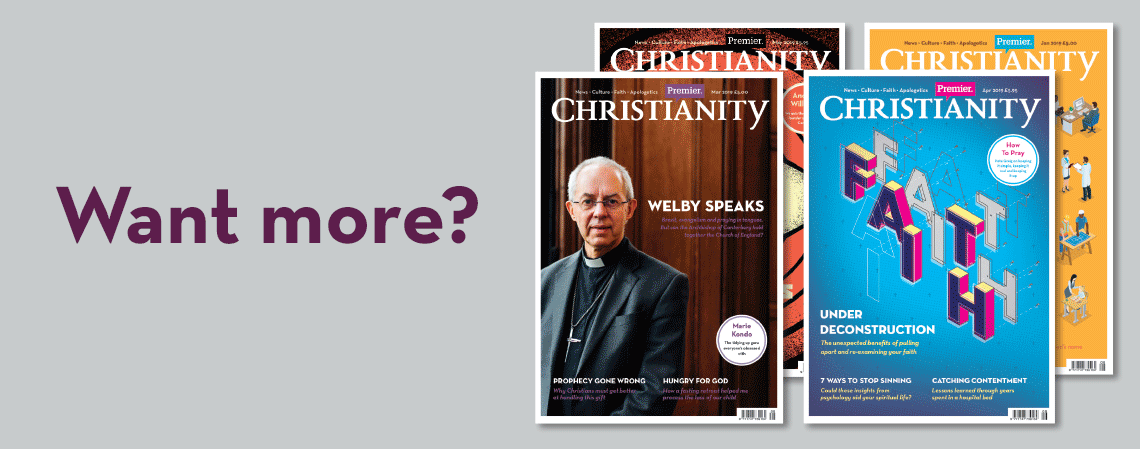
This year is the 70th anniversary of the beginning of the Hebrides Revival. I was recently invited to the Hebrides Revival Conference in Stornoway, Isle of Lewis. The purpose of the conference was to thank God for that wonderful era. Of course people prayed that God might be pleased to do it again. And God may yet do it again! I certainly hope so.
The epicenter of this revival was in Barvas, some twelve miles from Stornoway. The main person associated with the move of God was Rev Duncan Campbell (1898-1972). But Duncan Campbell did not bring the revival; it was already in progress when he arrived. By “revival” I do not mean a planned, orchestrated series of meetings. True revival is a sovereign work of the Holy Spirit. So it was in the Hebrides in 1949. The Holy Spirit was the architect and sustainer of this extraordinary event.
Here are some observations that gripped me while I was in Stornoway last weekend, having asked all the questions I could think of.
1. Salvation
The Hebrides Revival was all about people being saved – converted. There is no doubt that Christians were “renewed”. But the stress was on the need for people to be saved.
2. Eternal destiny
The pervading assumption in people’s minds was their final destiny – heaven or hell. Duncan Campbell used a phrase, “hell-deserving sinners” – the sort of expression one doesn’t hear often these days. Most people nowadays feel that they are entitled, or that God owes them something.
3. Preaching
According to Duncan Campbell, the preaching was expository. I find this interesting. I wish it were not so, but I suspect that much preaching one hears today is motivational rather than biblical.
4. Fear of God
There was a great sense of the fear of God all over the area. Spontaneous conversions happened everywhere. People would be saved not just in a church building but when walking in the countryside. One well-known story was when a mother and her 21 year-old son were walking on a country road. Suddenly her son William was overcome with emotion and began to cry. She said to him, “Oh Willie, at last you have come home”. I met that man last weekend and spent time with him – the Rev William MacLeod, now 92, a retired minister in the Church of Scotland.
5. Young people
The Hebrides Revival in many ways was a young people’s phenomenon. Many teenagers and those under the age of 40 were converted. There are four known persons from Barvas still living that were saved during the Hebrides Revival. I met them all. They were mostly teenagers when they were converted.
6. Opposition
The opposition came not from the world but from Christians. The town of Stornoway – the capital of the Isle of Lewis – was completely bypassed. The revival came only to small towns or villages in the Hebrides. The reason for this was thought to be that the ministers in Stornoway opposed the revival.
7. Manifestations and miracles
Unusual manifestations would appear spontaneously. Lights appearing to show people the way home in the dark, a home shaken as if from an earthquake (dishes and silverware falling off the table) while people were praying and worshiping.
8. No sleep!
People did not want to go home when a service was over. The people would either linger at church or often go into nearby homes for further fellowship and singing. Conversions would often take place in homes as well as in church. People typically left for their own homes at 2am. Or later. Some would get home at 5am and go off to work at 7am and work all day without getting tired! Imagine that. However did they do it? This sort of thing – as so much as can be read about this revival - defies a natural explanation, especially when you consider that this movement of the Spirit lasted three to four years.



























